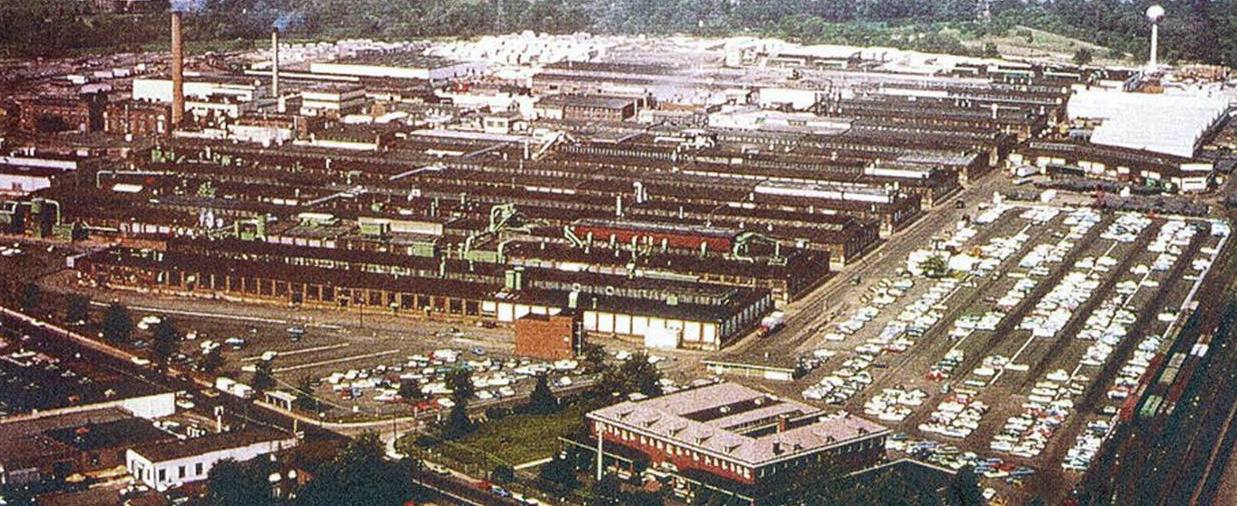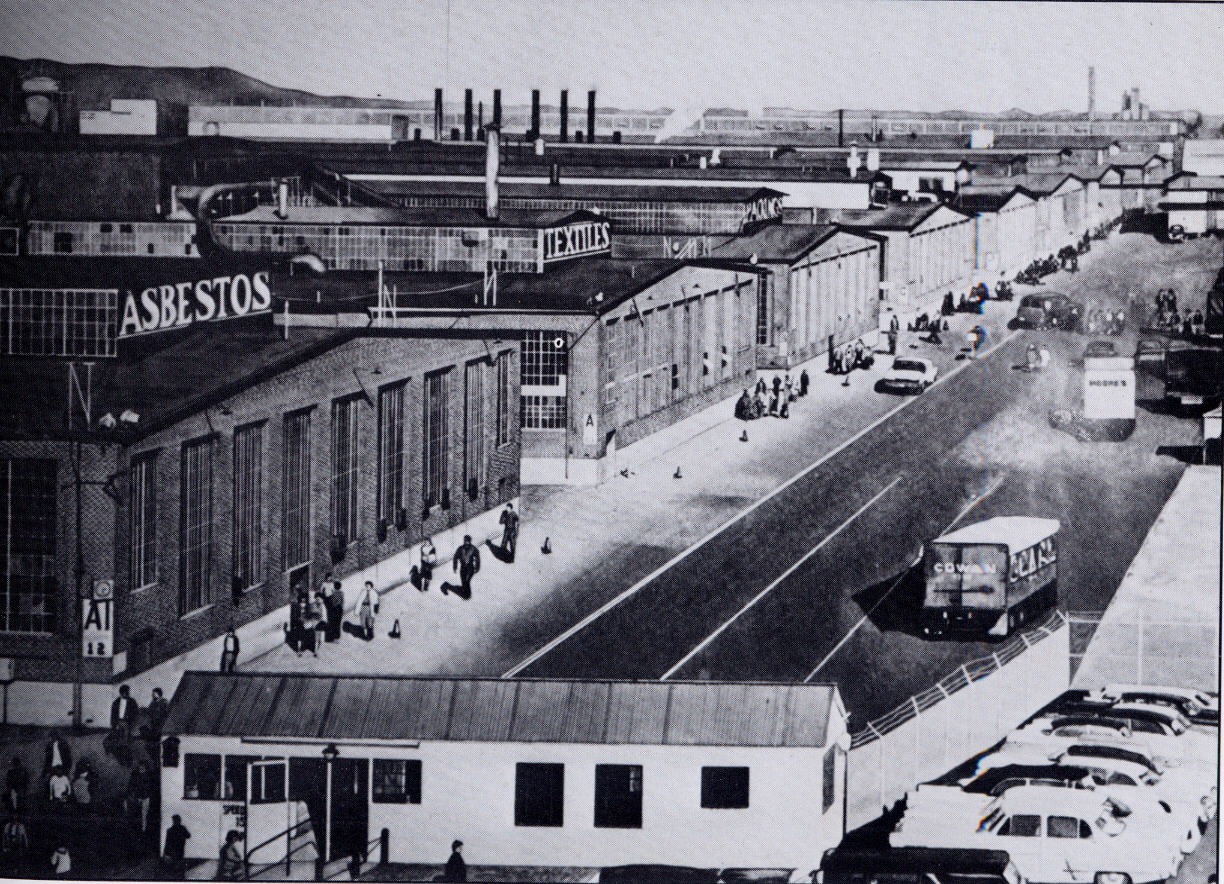Could the story of Johns Manville, once a titan of industry, serve as a cautionary tale for the modern era? The answer, unfortunately, is a resounding yes, as the company's legacy is inextricably linked to the devastating consequences of asbestos exposure.
In the bustling heart of 1858 New York City, amidst the clatter of industry, H.W. Johns Manufacturing Company began its operations from a humble tenement building. Little did anyone know that this fledgling enterprise would one day become synonymous with both innovation and tragedy. Initially focused on the production of roofing shingles, the company's trajectory would soon diverge, forever altering the lives of countless individuals and leaving an indelible mark on the landscape of American business. Manville, along with his three sons, ventured into the pipe insulation market in Milwaukee, establishing the Manville Covering Company. This marked the start of a complex web of associations, as Manville soon became a selling agent for products manufactured by Johns' company.
The evolution of Johns Manville is a testament to the complexities of the corporate world. The American company, headquartered in Denver, Colorado, established itself as a significant manufacturer of insulation, roofing materials, and engineered products. Manville, demonstrating a keen understanding of strategic business, implemented a holding company structure, streamlining operations to center on two fundamental areas: fiberglass (Manville Sales Corporation) and forest products (Manville Forest Products). The year 1988 marked a pivotal moment as the Manville Corporation emerged from Chapter 11 bankruptcy on November 28, a result of the immense financial burden of asbestos-related lawsuits. Throughout its journey, the management of JM maintained a relatively stable structure, a critical element in a turbulent period. The company's history is marked by resilience, innovation, and an enduring commitment to its workforce.
| Category | Details |
|---|---|
| Company Name | Johns Manville |
| Headquarters | Denver, Colorado, USA |
| Founded | 1858 (as H.W. Johns Manufacturing Company) |
| Key Products | Insulation, Roofing Materials, Engineered Products |
| Key Figures | Lewis H. Brown (President, 1929) |
| Bankruptcy Filing | 1982 (Chapter 11) |
| Asbestos Trust Fund | Manville Personal Injury Settlement Trust, established in 1988 ($2.5 billion) |
| Legal Challenges | Extensive litigation related to asbestos exposure |
| Notable Events | Merger of Johns and Manville, Emergence from Chapter 11 in 1988 |
| Website for Reference | Johns Manville Official Website |
The roots of Johns Manville are intertwined with the advent of asbestos, a mineral that, while offering remarkable insulating and fire-resistant properties, would ultimately prove to be a double-edged sword. Johns Manville was one of the early adopters of asbestos in a variety of building materials, including roofing, insulation, and other construction products. This decision, driven by the material's unique qualities, led to its widespread use in the construction industry, solidifying the company's position as a major player. During the 1920s to the 1970s, Johns Manville became the largest manufacturer of asbestos products and the leading asbestos supplier in the U.S., and much of the company's financial success during this period is attributed to Lewis H. Brown, who became president in 1929. The company's financial successes, however, were shadowed by a burgeoning health crisis. The use of asbestos exposed workers and consumers alike to significant health risks.
As the dangers of asbestos exposure became increasingly clear, the company faced a cascade of legal challenges. Thousands of lawsuits mounted against Johns Manville, alleging that exposure to the company's asbestos products had resulted in debilitating diseases, including mesothelioma, asbestosis, and lung cancer. This led to the inevitable: in 1982, Johns Manville filed for Chapter 11 bankruptcy protection, a monumental step that reflected the gravity of the situation. Johns Manville made the first American company to create an asbestos trust for mesothelioma victims. The financial strain of these lawsuits forced the company to close its plant permanently in 1986, leaving its employees and the community to grapple with the fallout.
The city of Manville, New Jersey, where a significant Johns Manville plant once operated, bore a substantial burden. The former Johns Manville plant, which defined the landscape in the 1960s, became a symbol of both industrial might and environmental concern. The families who had relied on the factory for generations experienced a seismic shift as the plant shut down. After the devastating impact of Hurricane Floyd in 1999, the town of Manville faced additional challenges, further illustrating the long-term consequences of the companys practices.
The extensive legal battles over asbestos exposure directly led to the creation of the Johns Manville Trust Fund, which was formed to handle future asbestos claims. The Manville Personal Injury Settlement Trust received formal approval in 1988, beginning with a balance of $2.5 billion. This was a pivotal effort at providing redress for the victims and managing the enormous legal obligations that the company had accumulated. Although the reorganization took six years to complete, and The Manville Personal Injury Settlement Trust was founded in 1988 with $2.5 billion to start. The current payment percentage is 5.1%.
The lawsuits against Johns Manville continued, encompassing a large number of cases. The company faced approximately 1,500 lawsuits by insulation workers who had worked for external companies that purchased Johns Manville asbestos products. Additionally, approximately 9,300 lawsuits were filed by 12,800 individuals. Many of these lawsuits resulted in significant punitive damage awards. This sustained legal battle highlighted the widespread nature of the asbestos problem and the long-term responsibility of the company. Families were awarded $90.5 million in an asbestos case, underlining the human cost of the asbestos crisis.
The company's journey reflects pivotal moments in American history, including the American Civil War, two world wars, and the Great Depression. These events influenced the industrial landscape and the evolution of Johns Manville itself. Camp Cooke was established as an army training base in 1941, later renamed Vandenberg Air Force Base in 1958, highlighting the broader context of military and industrial development in the U.S.
The legacy of Johns Manville is complex, intertwined with a tale of pioneering success, innovation, and the human cost of industrial progress. While the company initially thrived on the use of asbestos, the resulting health crisis led to its eventual demise and bankruptcy. Today, the Johns Manville Trust Fund stands as a reminder of the past, attempting to offer justice and provide compensation for the victims of asbestos exposure. The company's history serves as a stark warning, underscoring the necessity for responsible corporate behavior, the importance of public health, and the enduring need to balance industrial progress with the well-being of individuals and the environment. The story of Johns Manville is a pivotal chapter in American industrial history, one that reminds us of the ongoing challenge to balance the pursuit of innovation with the health and safety of communities.
The mining industry continues to be a major employer.
We grew rapidly over the years, serving only employees, retirees, and family members of Johns Manville. Happy employees are the cornerstone of Johns Manville. Living well is its own reward.



Detail Author:
- Name : Consuelo O'Kon
- Username : mkuhlman
- Email : lowe.humberto@schowalter.com
- Birthdate : 1975-11-23
- Address : 48092 Kertzmann Plain Apt. 781 Heberton, ME 78935
- Phone : 1-501-432-5700
- Company : Klocko-Casper
- Job : Cooling and Freezing Equipment Operator
- Bio : Ipsa fuga aut sunt. Minus sed esse architecto nemo aut consequatur sequi dicta. Cupiditate repellendus eos in repellat et omnis et. Perspiciatis amet occaecati tempora quis delectus.
Socials
twitter:
- url : https://twitter.com/ibrekke
- username : ibrekke
- bio : Excepturi cum corporis dignissimos corporis repellendus. Harum non soluta aliquid consectetur facilis numquam mollitia.
- followers : 4098
- following : 2694
instagram:
- url : https://instagram.com/ibrekke
- username : ibrekke
- bio : Reiciendis quo facilis facere autem molestias voluptatem. Est voluptate quis voluptatibus quam et.
- followers : 4423
- following : 2829
tiktok:
- url : https://tiktok.com/@ibrekke
- username : ibrekke
- bio : Tenetur consequatur sed recusandae cumque pariatur dolor voluptas.
- followers : 705
- following : 2208